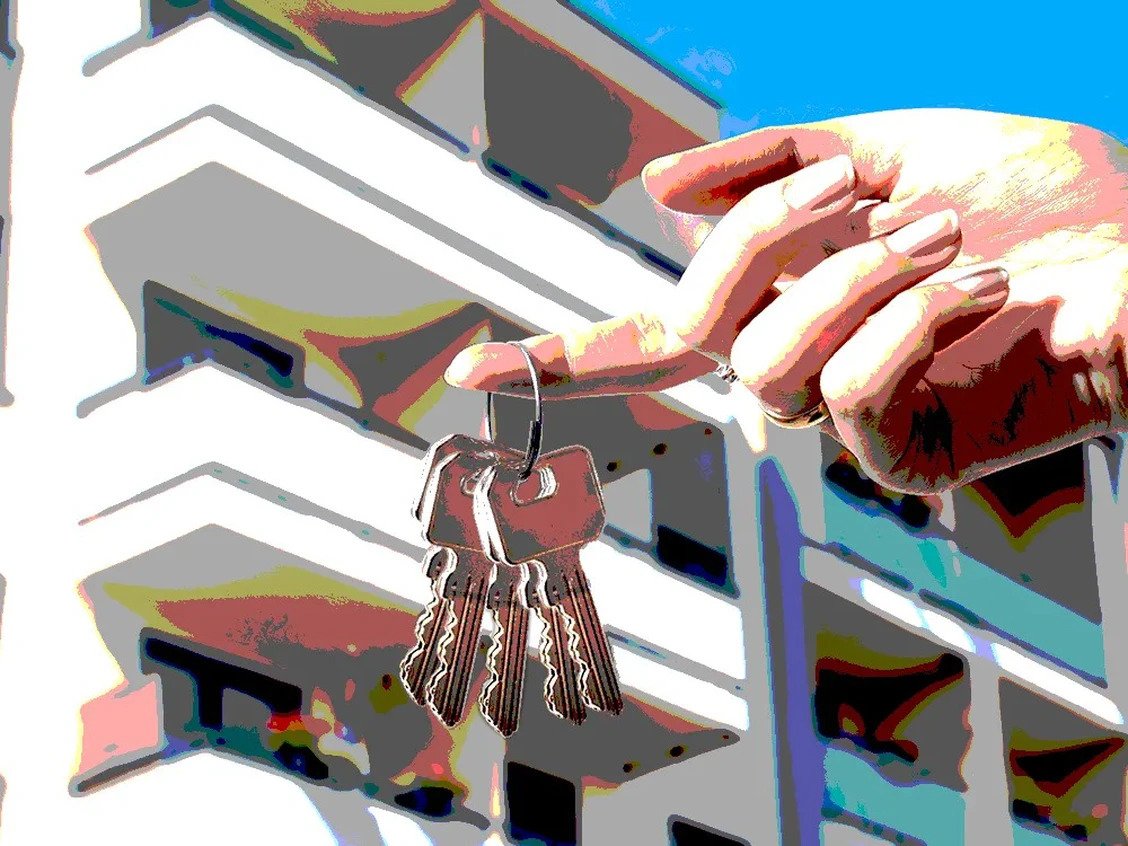A couple we’ll call Martin, 52, and Sherry, 55, live in southern Ontario. Both government employees, they earn $11,780 per month from their jobs before tax, and have defined benefit pensions to look forward to.
Their question: Can they retire three years from now when Martin is 55 with $8,000 per month after tax?
Family Finance asked Eliott Einarson, head of the Winnipeg office of Ottawa-based Exponent Investment Management Inc., to work with Martin and Sherry. Einarson says the key to reaching that early retirement goal will be to reorganize assets to boost future income and create more certainty.
Let’s look at the numbers. Martin currently earns $95,000 per year and takes home $57,500 after taxes and deductions. Sherry has gross income of $46,368 and takes home $33,546. Thus their combined take home income is $91,046 per year or $7,587 per month. From that sum, they allocate $6,625 per month to defined expenses such as $960 per month to their home mortgage, $400 to personal loan payments, $725 for car payments and $525 to monthly RRSP contributions.
Retirement finances
Retirement is going to take substantial reorganizing of assets. Their home has a $400,000 estimated market value. They have a $325,000 three-season cabin. They also have four rental properties with a total estimated market value of $690,000. They cover their costs but have negative returns after inflation. Their RRSPs add up to $276,000. They have just opened TFSA accounts with combined balances of $85,000. They have total assets of $1,856,000 including $30,000 cash.
Debts amount to $347,336 including $6,500 on a personal line of credit, $17,685 for a boat loan, $38,000 for a car loan, $111,000 for their home mortgage and $174,151 for four rental properties. Their net worth works out to $1,508,664.
The transition from working to retirement needs a strategy. They could sell their $400,000 home and their $325,000 cabin. The $725,000 they might realize less $25,000 in costs would net $700,000, They could buy a year-round cabin for $500,000, freeing up about $200,000 to pay off their home mortgage and all other debts, with the exception of their rental properties.
The rental properties have a combined estimated market value of $690,000, $174,151 of mortgages and $12,000 net annual rent. Their equity is about $516,000. The return on equity is just two per cent, which is less than current inflation. It is likely to decline as they roll mortgages into higher rates. Best bet — sell the rentals as well. The transaction would liberate $516,000 and after paying $100,000 tax on estimated $400,000 capital gains, half taxable, they would have $416,000 for investment.
Reorganization
Martin can have an unreduced pension of $58,628 at 55 including a 13 per cent bridge to 65 that will be replaced by Old Age Security at 65. Sherry, three years older, can have a $6,000 annual pension when Martin retires. Their RRSPs with a present balance of $276,000 plus $6,300 annual contributions will grow to a balance of $321,650 in three years assuming compounding at three per cent after inflation, enough to generate $14,533 per year for the following 35 years when all income and capital are paid out.
Their TFSA account with a present balance of $85,000 plus $12,000 of annual contributions for three years would grow to $131,085 in 2022 dollars assuming a return of three per cent per year after inflation and would then generate tax-free income of $5,923 annually for the following 35 years.
Finally, assuming that all rental properties are sold within three years, the $416,000 realized and invested with a three per cent annual return after inflation for the following 35 years would generate $18,796 annually for the following 35 years.
Income by decade
Adding up returns, the couple would have $58,628 pension at Martin’s age 55, $6,000 for Sherry’s pension, $14,533 RRSP income, and $5,923 TFSA cash flow. Capital liquidated by sale of rentals would generate $18,796. That’s a total of $97,957 plus the TFSA. Tax at 14 per cent on all but TFSA income would leave $90,166 per year or $7,514 per month. That’s a little below their $8,000 after-tax retirement income target.
When Sherry is 65, she will be able to add OAS at a present rate of $7,707 per year and CPP at an estimated rate of $7,000 per year, bringing total income to $112,664. After splits of eligible income and tax at an average rate of 16 per cent, the couple would have $100,560 per year or $8,380 per month. They would be over their goal.
When Martin is 65, income would adjust with the end of the $7,707 bridge replaced by $7,707 OAS and estimated CPP payments of $12,000 per year for total, pre-tax income of $124,664. After splits and 17 per cent average tax, they would have $109,393 per year or $9,116 per month after tax.
A retirement that could last three or four decades brings into play an important question: What sort of investments will sustain spending over such a long horizon? Diversification among asset classes is vital, Einarson explains. They can hold Canadian, U.S. and global stocks with a light weighting of Canadian government bonds no more than 10 per cent to 15 per cent of total portfolio value as shock absorbers if equity markets suffer deep corrections as they did in 2000 and 2008. It is also vital to keep asset management costs down to 1.5 per cent or less. That means shopping for low fee mutual funds, exchange traded funds or advisors who offer management services at that fee level. Or less.
“To be active investors, they will have to commit to studying and managing their portfolio,” Einarson explains “If they are content to be passive investors, they have to shop for managers who deliver value for their fees. Either way, they have to understand what they get from their investments.”
3 Retirement Stars *** out of 5






